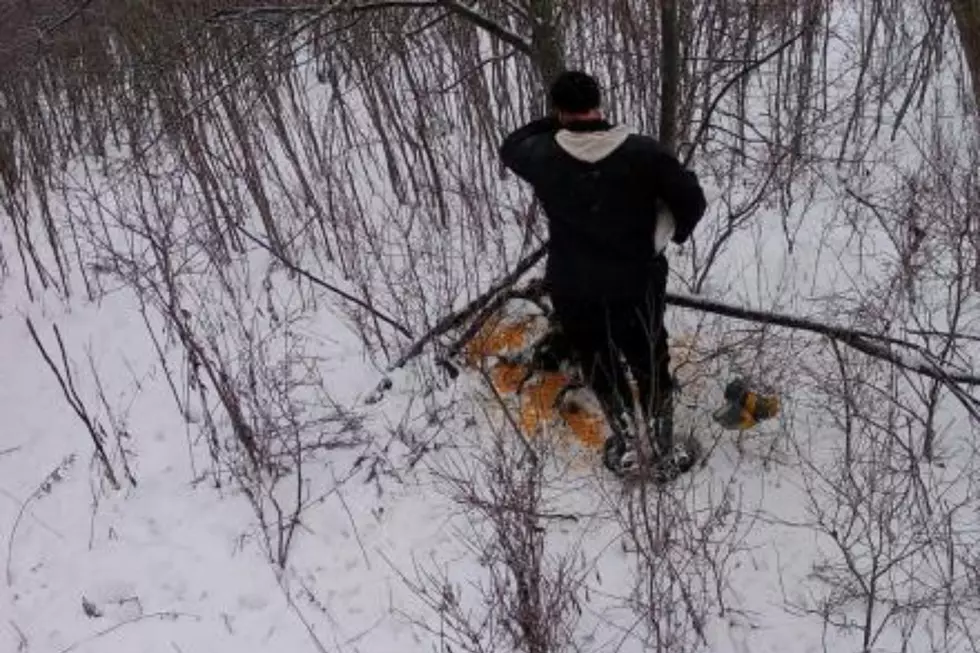
Now Is A Critical Time For Wheat Growers – AG Matters
It seems like farmers are always on the clock; get field work done before it rains, get the harvest in at it's peak and get it stored before it goes bad. The next time crunch is on the wheat crop. Cornell Cooperative Extension's Jeff Miller says the next couple of days are critical.
Jeff says the pressure is on to diagnose your wheat crop for Fusarium head blight. It's the most significant disease of wheat in Central New York and there's only a short period of time to get it identified and treated.
Spores of this disease can be present on corn crop residue and be transferred to wheat heads causing infection. The infecting fungi produce a mycotoxin called deoxynivalenol (DON) on the wheat kernels which is toxic. In order for wheat to meet food grade it must contain 2ppm or less of DON. The critical time period for infection is soon after wheat heads appear when it is in flower.
The disease is most likely to occur when their is a day of high humidity when wheat is flowering. And with many CNY fields flowering now the recent humidity may be putting crops at risk. There is only a 4 to 5 day window to treat the crop with a fungicide if Fusarium is present, which means the diagnosis needs to happen even sooner.
Here are more details on the disease and the "how to's" on diagnosis and prevention.
SOURCE: Cornell Cooperative Extension - Jeff Miller
More From Big Frog 104









